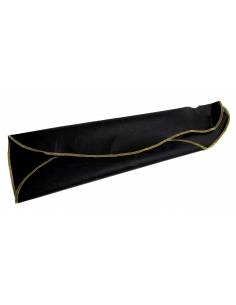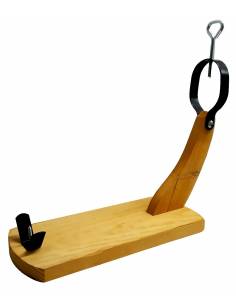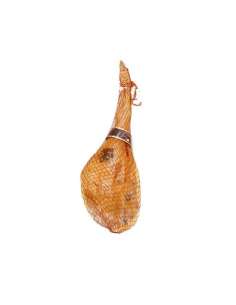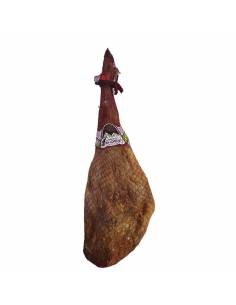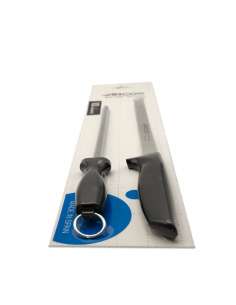It's essential that before carving, you understand the different parts of a ham so you can determine how to cut it based on the position of the bone.
Start at the widest part of the ham if it's your first time. If you're carving from the most cured part, try to make the cuts following the grain of the meat. This will give the ham a better texture and flavor.
The first thing to do is to start peeling off the "rind" of the ham, the outermost layer that is simply the skin and outer fat. Although some people peel the ham completely before starting to carve, we don't recommend doing so.
Remove only the part of the rind you're going to cut; this will help preserve the rest of the ham.
Make long, smooth cuts. Don't try to squeeze or cut quickly. The process should be smooth and controlled to achieve thin slices. It's recommended to cut at an angle, as this helps maintain the quality of the cuts.
Once you've reached the leanest part of the ham, the meat will be harder to cut. In this case, it's recommended to use a smaller knife to better cut the last pieces close to the bone.

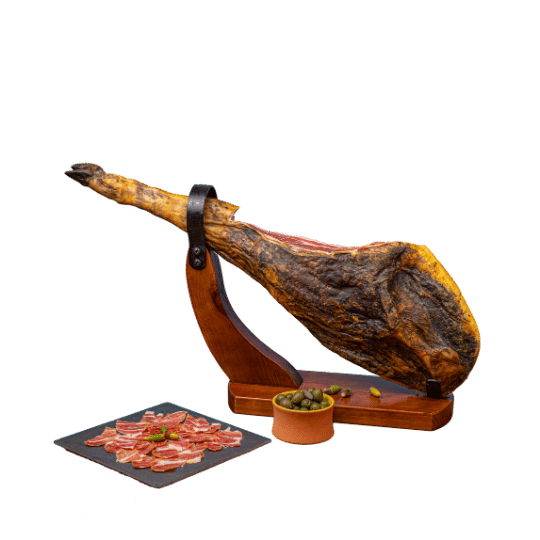
 (1).png)
.png)
